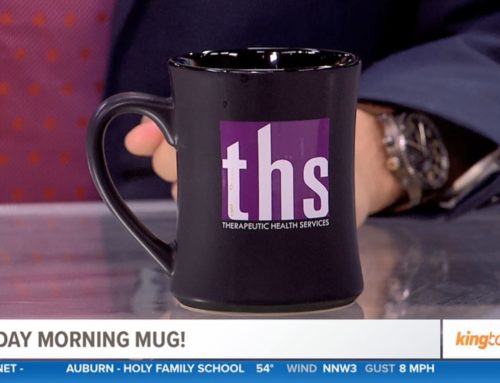The need for a focus on suicide prevention is not new. The statistics are clear: any one of us can be affected by suicide either personally or through someone we know. Emotional, situational, health and financial stress or pressures certainly enhance the likelihood for a person to experience depression, anxiety, or a sense of hopelessness leading to thoughts of self-harm. This is even more of a concern in 2020.
We are faced with the concurrent realities of COVID-19, forest fires and social unrest – all of which have had the effect of increasing factors known to contribute to suicidal thoughts and actions. As we consider Suicide Prevention during the month of September, it is critical we recognize that we – our community – our neighbors – our children – our parents, are experiencing a tremendous amount of situational stress. We must find creative ways to manage our own stress and to support those around us when our usual coping activities may not be available due to smoke, physical distancing, or closure of our gathering places.
Research has shown that social connection is one of the most powerful protective factors preventing suicide. While we do need to take care not to spread the COVID-19 virus or to be exposed to unhealthy levels of smoke, we have the ability to socialize wearing masks, get together in physically distanced small groups, use social media or the telephone to connect with those we find supportive or who we believe may be vulnerable. If we are feeling optimistic, it is helpful to share that with the people we are close to as well as strangers we may interact with briefly. If we are struggling, it is healthy to tell someone who will listen or to reach out to someone through a crisis line. If we or someone we know has a mental health or substance use treatment need, resources are available if we ask. Together, we will get through these trying times.
- If you are in crisis, you can call the National Suicide Prevention Lifeline 24 hours a day, seven days a week, at 800-273-8255. Press 1 for the Veterans Helpline.
- You could also get help by texting “HEAL” to the Crisis Text Line at 741741 or contacting Lifeline Crisis Chat.
- If you’re under 21, you can call Teen Link at 866-TEENLINK (866-833-6546) and ask to talk to a peer. The phone line is open 6 p.m.– 10 p.m. and chat is available 6 p.m. – 9:30 p.m. daily.
If you are interested in connecting to a THS counselor, please click HERE to fill out our GET HELP FORM.
Individual Impact:
- 75% of all people who die by suicide are male.
- Although more women than men attempt suicide, men are nearly 4x more likely to die by suicide.
- Suicide is the 2nd leading cause of death for people ages 10-34 and the 4th leading cause of death for people 35-54
- The overall suicide rate in the U.S. has increased by 31% since 2001
- 46% of people who die by suicide had a diagnosed mental health condition
- While half of individuals who die by suicide have a diagnosed mental health condition, research shows that 90% experienced symptoms.
Community Impact:
- In 2017, suicide was:
- the second leading cause of death for American Indian/Alaska Natives between the ages of 10-34.
- the second leading cause of death for African Americans, ages 15-24.
- the leading cause of death for Asian Americans, ages 15-24.
- the second leading cause of death for Hispanic people in the U.S., ages 15-34.
- American Indian/Alaska Native adults die by suicide at a rate 20% higher than non-Hispanic white adults.
- Lesbian, gay and bisexual youth are four times more likely to attempt suicide than straight youth.
- Transgender people are 12 times more likely to attempt suicide than the general population.
- 10% of young adults say they experienced suicidal thoughts in the past year.

